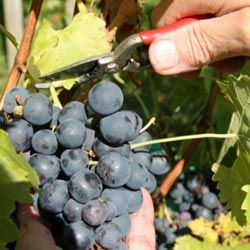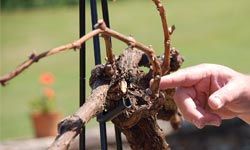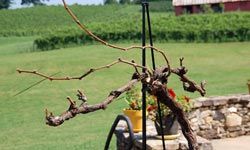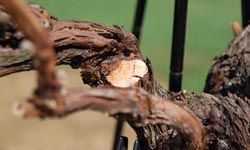At the end of a taxing week -- or day -- a glass of wine can certainly help the sunrise-to-sunset cares slide away. As you slowly savor each sip, you'll discover different layers of flavor -- the velvety chocolate sensation of a petite verdot; the deep, earthy tones in a shiraz; or the crisp, citrus tang of a sauvignon blanc.
No matter what wine you prefer, there is one element common to them all: the prune. No, we're not talking dried plums here. We're talking about the process of managing the vine by removing excess branches, or canes, and foliage.
Advertisement
Pruning keeps grapevines healthy and productive. Believe it or not, this physical process influences the taste and quality of the wine in your goblet: When, how and to what extent the vine is pruned affect grape yield, and the timing and method of pruning can enhance certain aromas and alter the acid content of the wine.
Read on to learn about the pruning practices that help get the most enjoyable end product.



